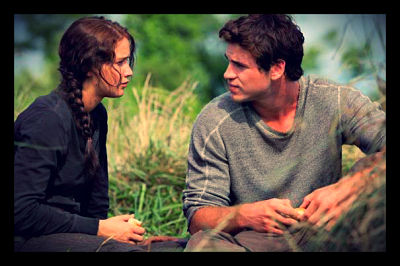Portrayals of Poverty in Film and Television

Global issues such as homelessness, hunger and addiction have long inspired captivating portrayals of poverty in film and television characters.
The Hunger Games
The Hunger Games by Suzanne Collins depicts an alternate universe in which 12 districts are controlled by a single malevolent leader. Each year all twelve districts must offer up tributes to compete in the annual Hunger Games.
Most of the districts live in poverty with barely enough to eat while the rich citizens of the ‘capitol’ live in luxury and wealth. Hunger, desperation and violent leadership all contribute to the ultimate uprising of the districts in order to overthrow the capitol and evil President Snow.
It is not far- fetched to relate this alternate reality to that of a dictatorship or corrupt government of some foreign nation. There are leaders and factions that use violence to rule among citizens struggling with poverty and trying to make ends meet on less than two dollars a day.
Political scandals and power struggles invite more violence and instability to any group of people, and The Hunger Games is an example of a worst-case scenario when people living in poverty do not have good leadership, education and a stable economy.
“Bubbles,” The Wire
Another great example of fictional poverty on screen is the character “Bubbles” from the HBO drama series, The Wire. Bubbles is introduced to audiences as a homeless heroin addict. His story depicts how drug addiction can run rampant without help and ruin the lives and relationships of people around them.
The plotline of Bubbles ranges from problems with family to a cautious truce with the police as an informant. HBO uses Bubble’s charm and intelligence to challenge common poverty stereotypes like laziness and lack of motivation. The plot instead points to unforeseeable circumstances, like fighting a disease, rather than indulging in drugs for fun.
Stereotypes of the homeless, poor, addicted and other unfortunate souls, have persisted for many years. Such misperceptions of those struggling with poverty lead others to make unfair assumptions about the value and potential of these people. The more money one has, the more respect one gains and vice versa.
Harry Potter
Harry Potter by J.K. Rowling, famous all over the world for its magical universe and equally magical characters, shows how the stigma of poverty can affect even a wizarding family. The Weasley’s are known for having a large family but less money than most, and many of the children are often made fun of in school — even the adults are looked down on by their employers at the Ministry of Magic.
Film and television storylines and characters like these do more than just entertain; they send a message and encourage people to think more compassionately about one another. Addressing these issues makes audiences and critics alike re-think the way they see the the poor, the homeless and the addicted.
– Kaitlin Sutherby
Sources: Flavorwire, Scholastic, The Hunger Games
Photo: joshuaongys
